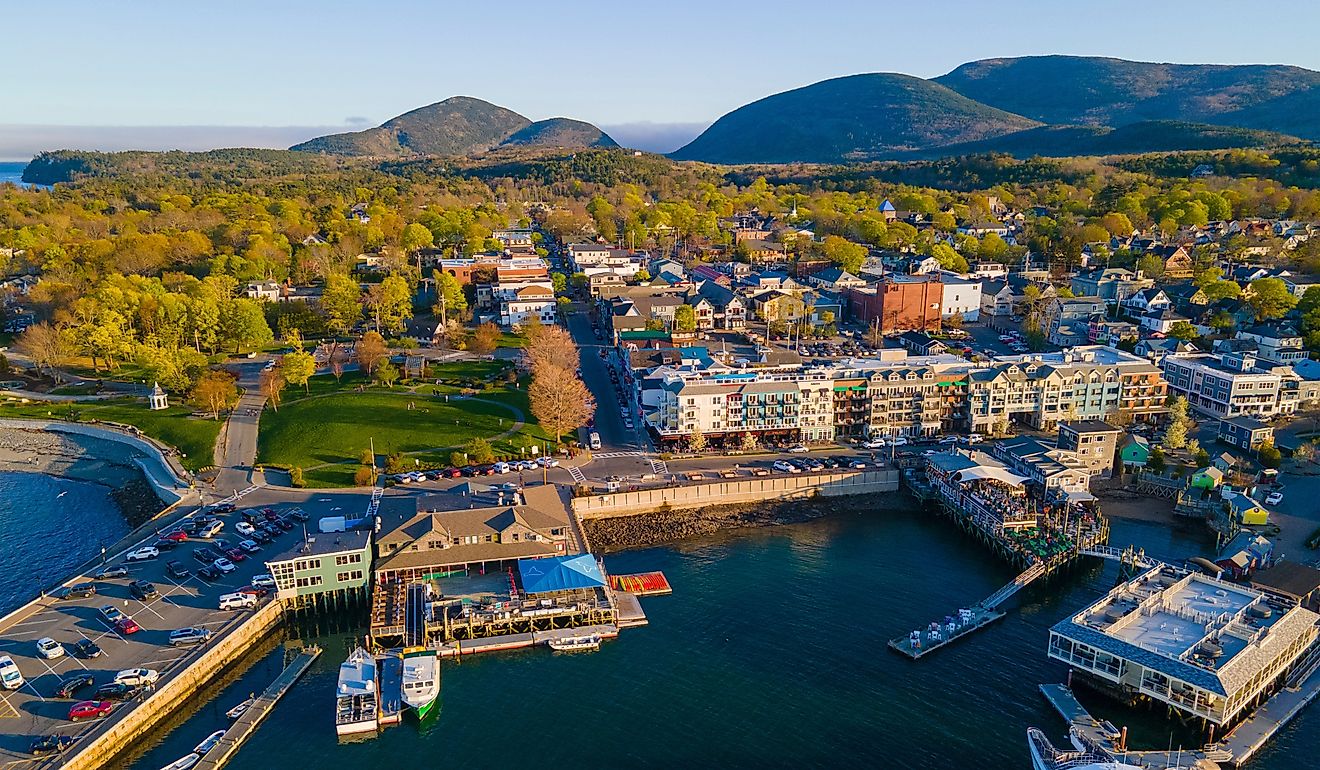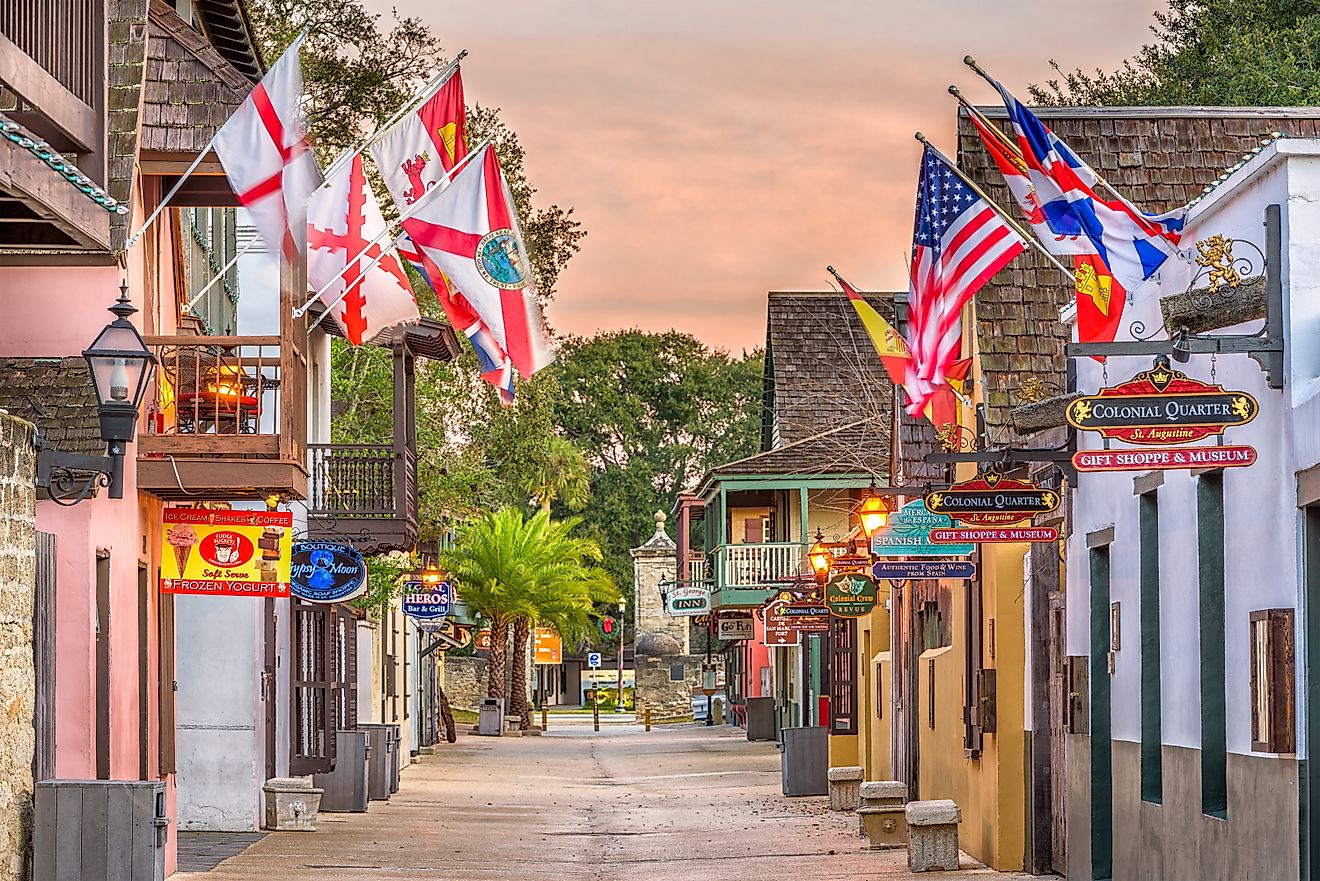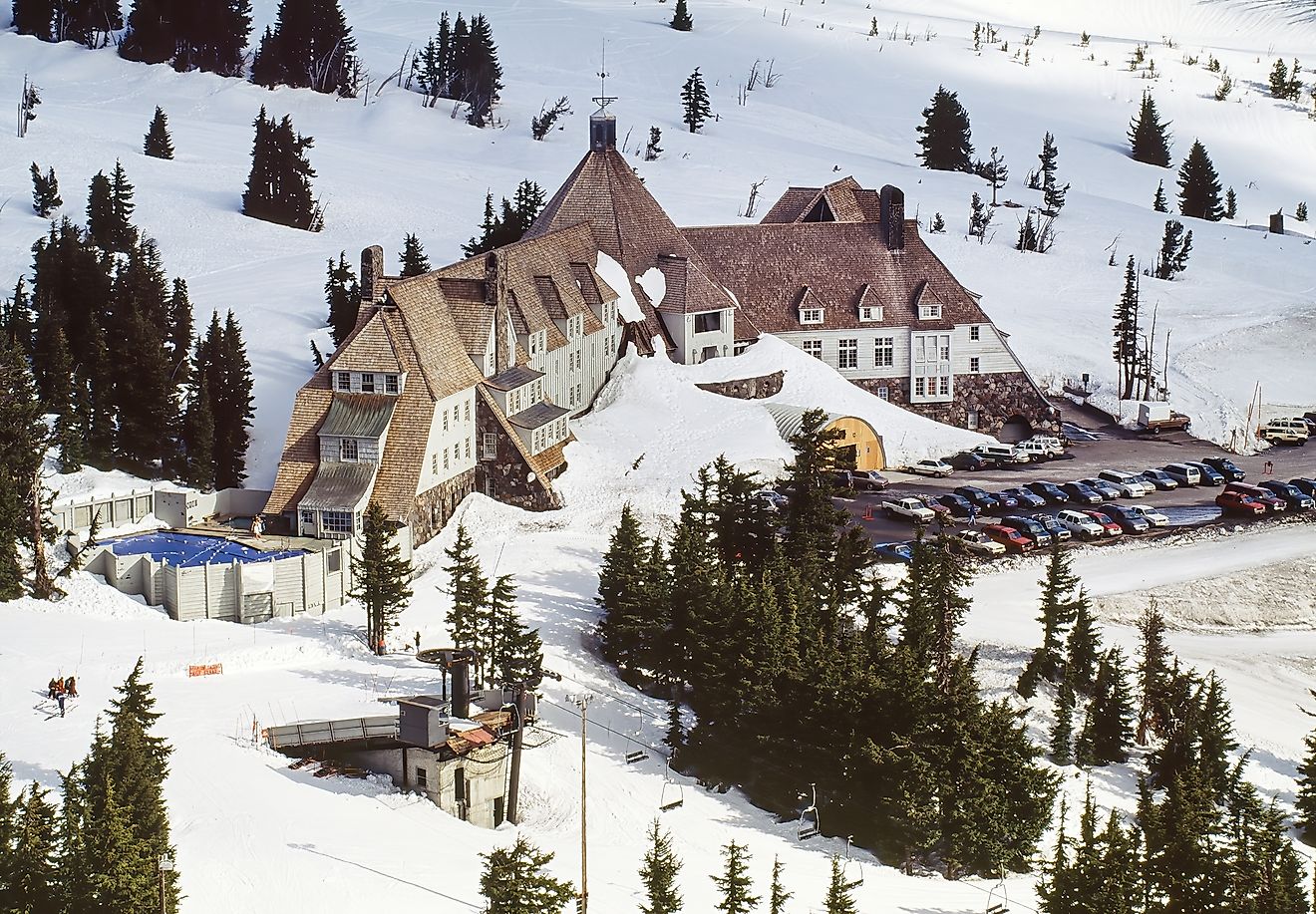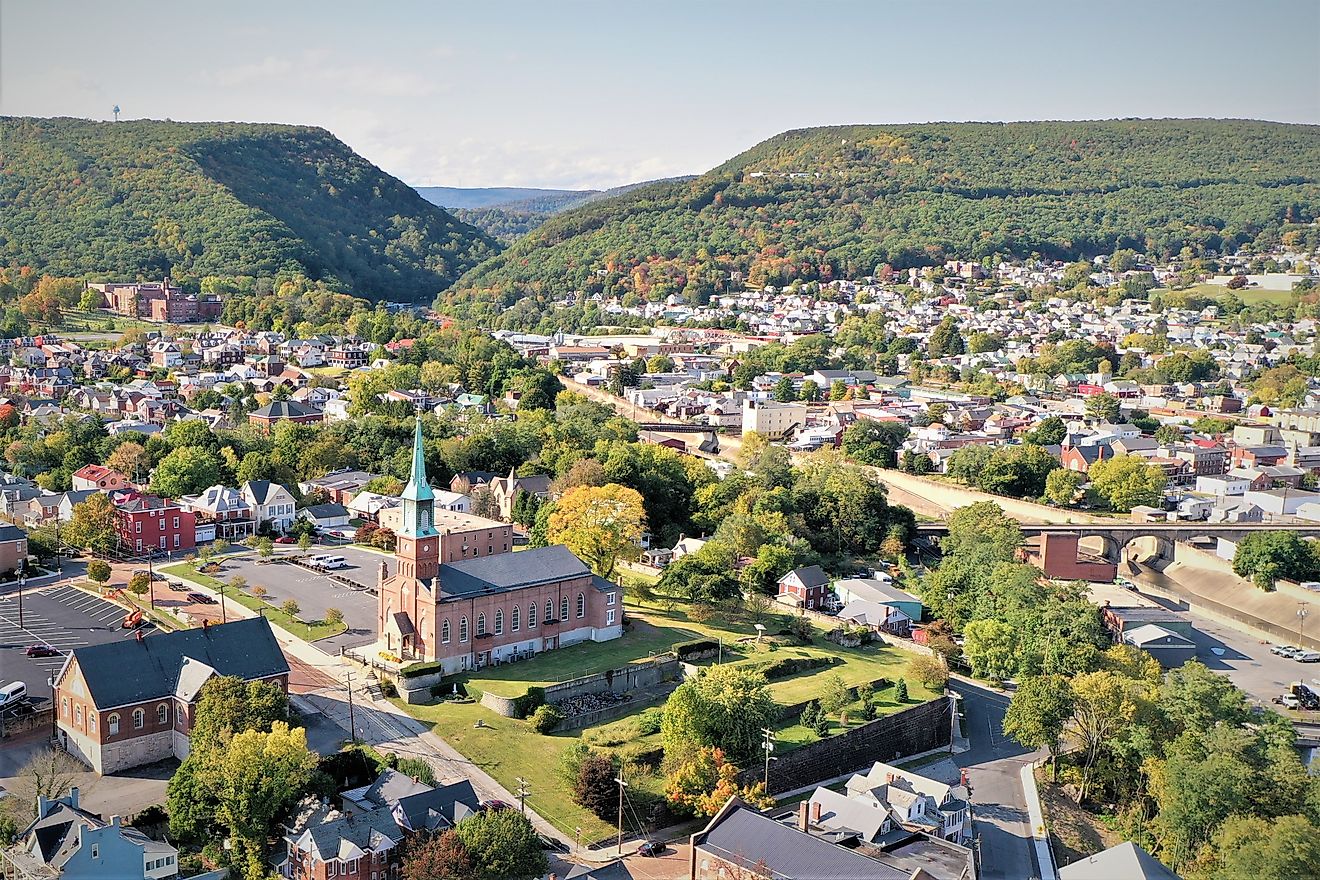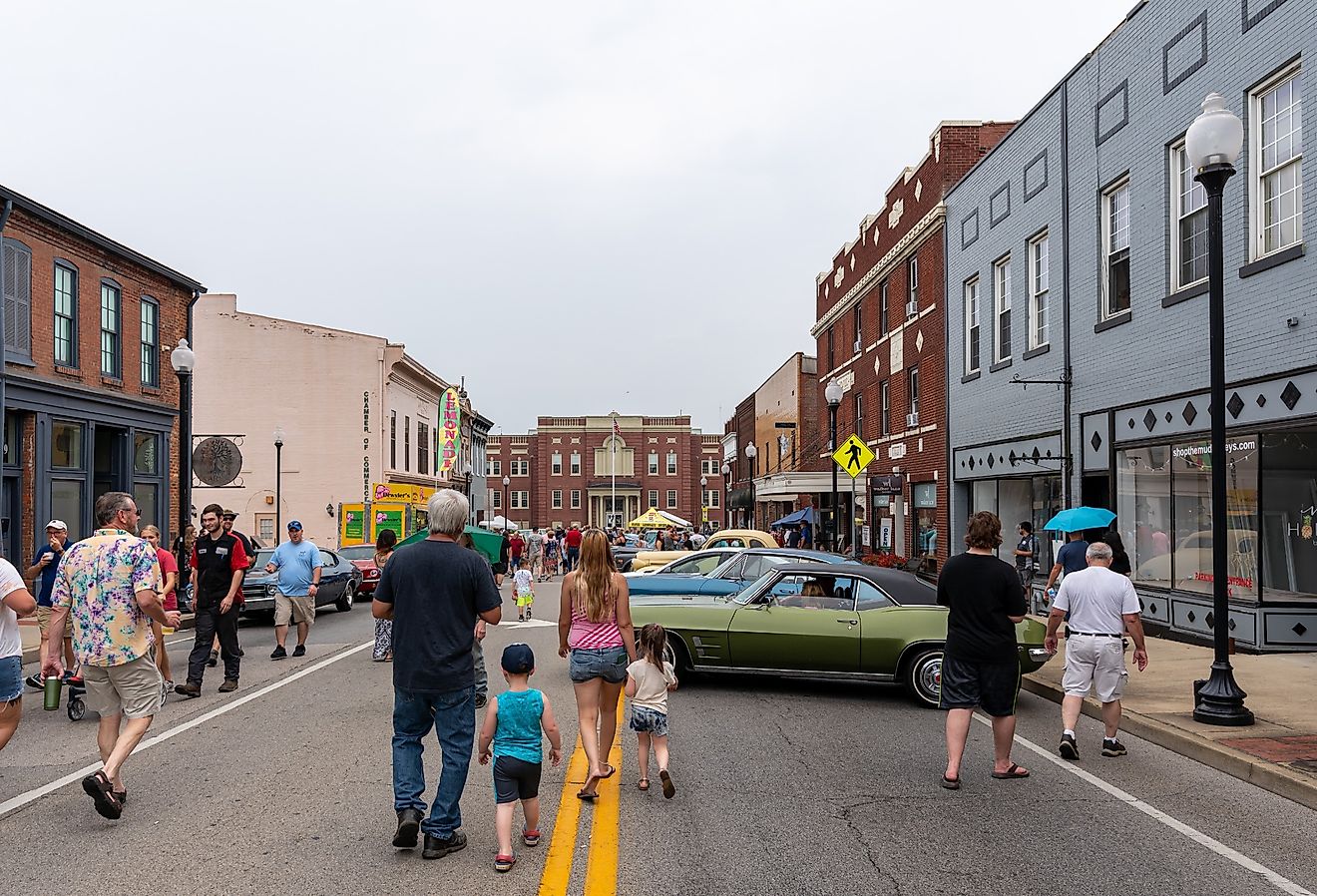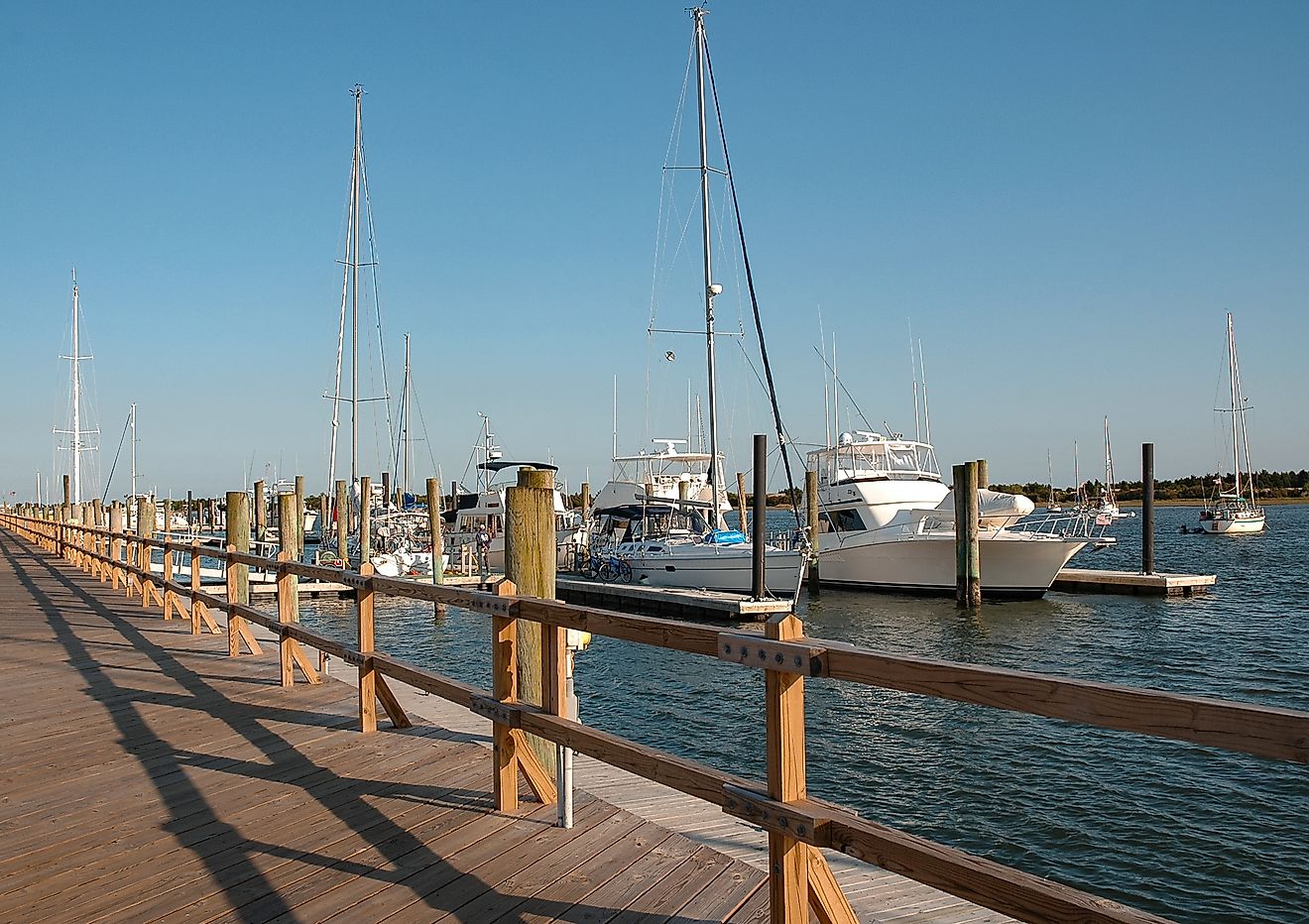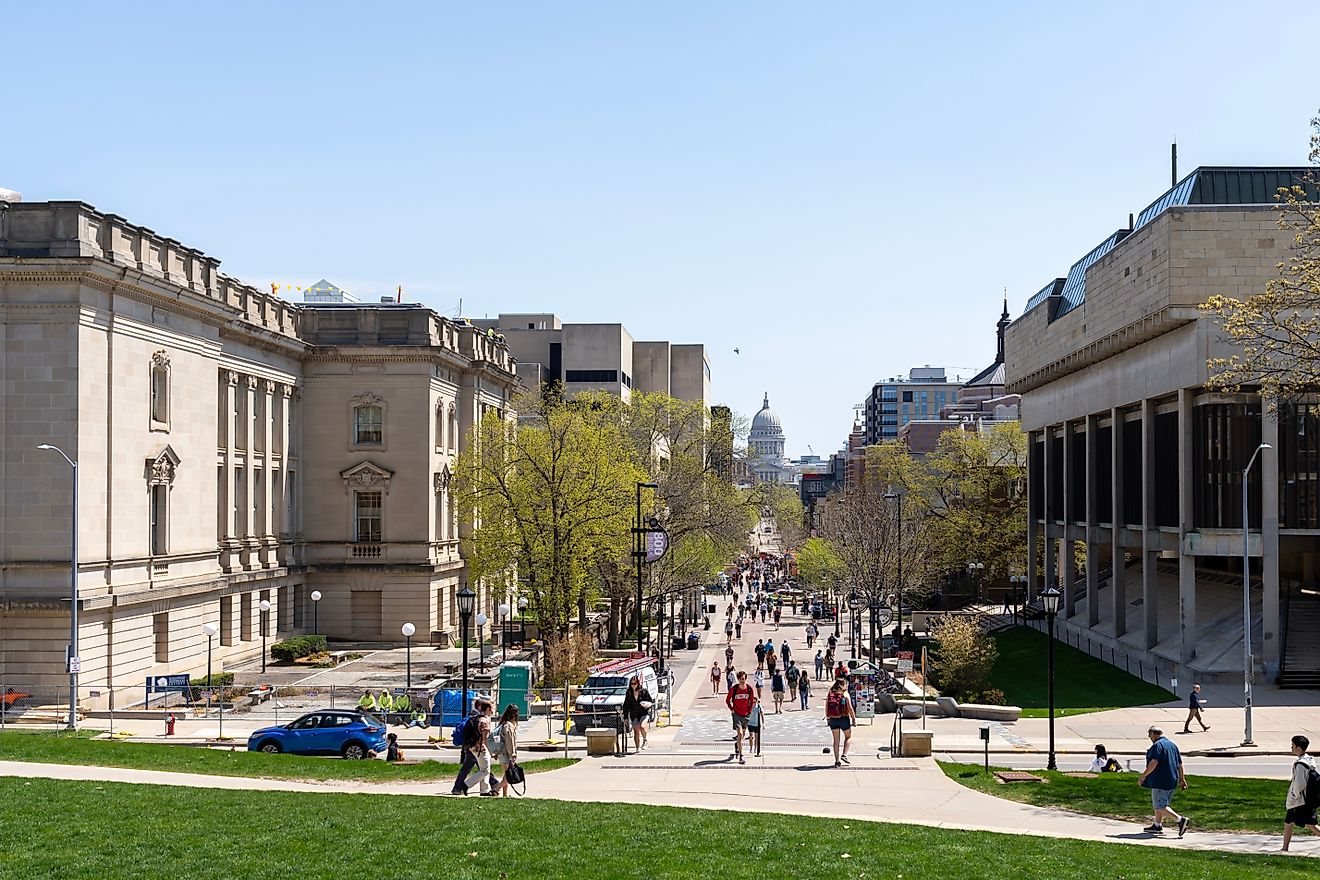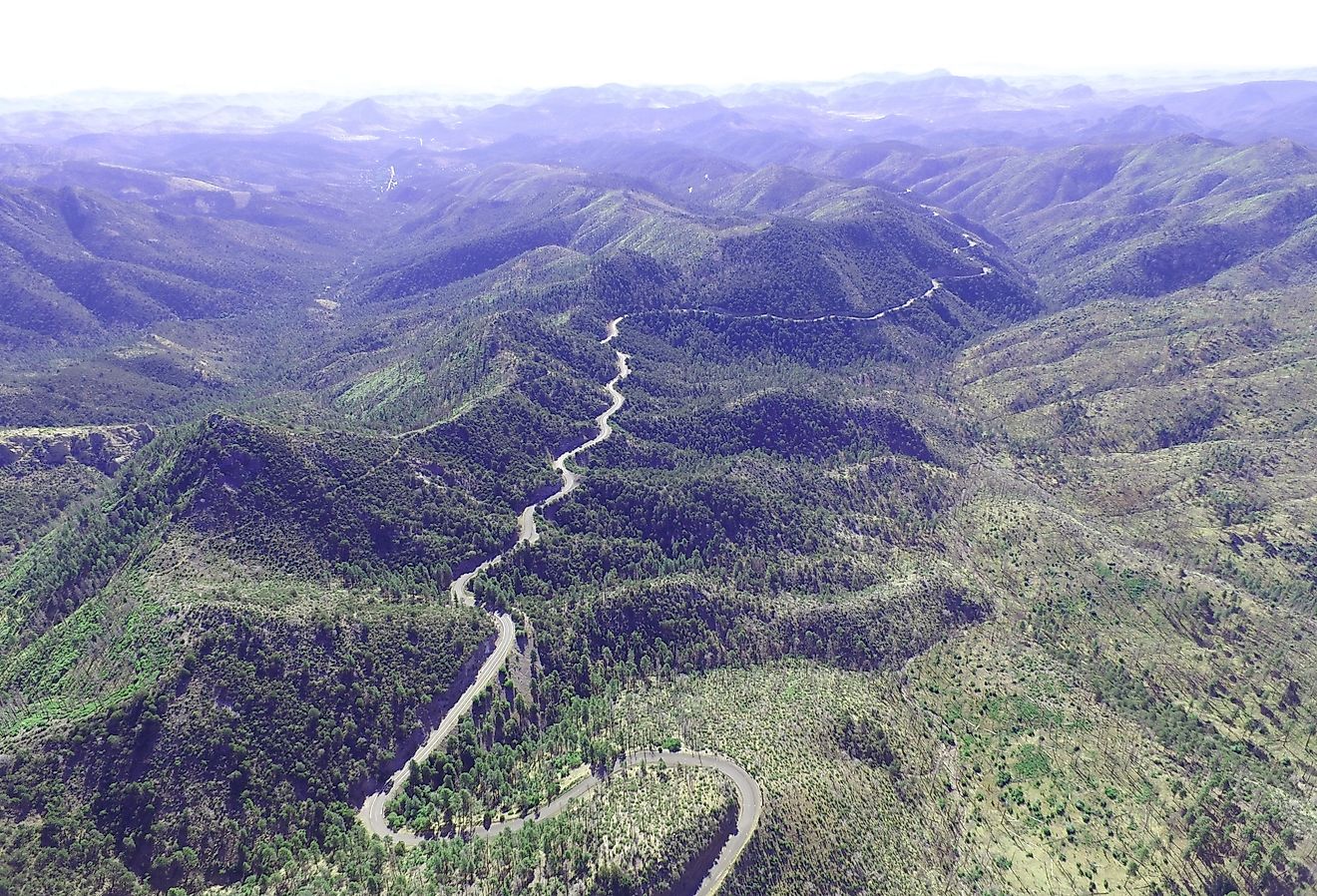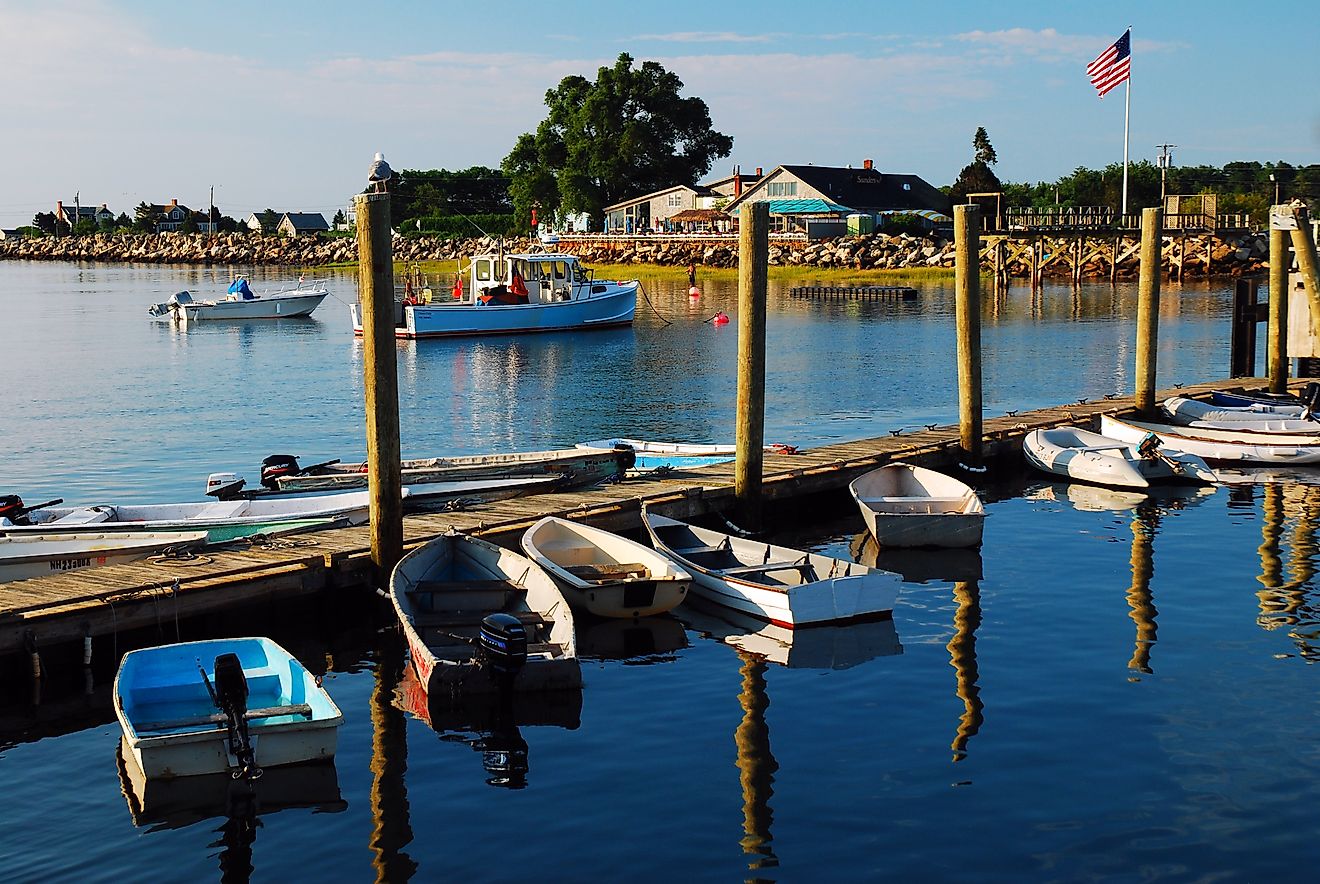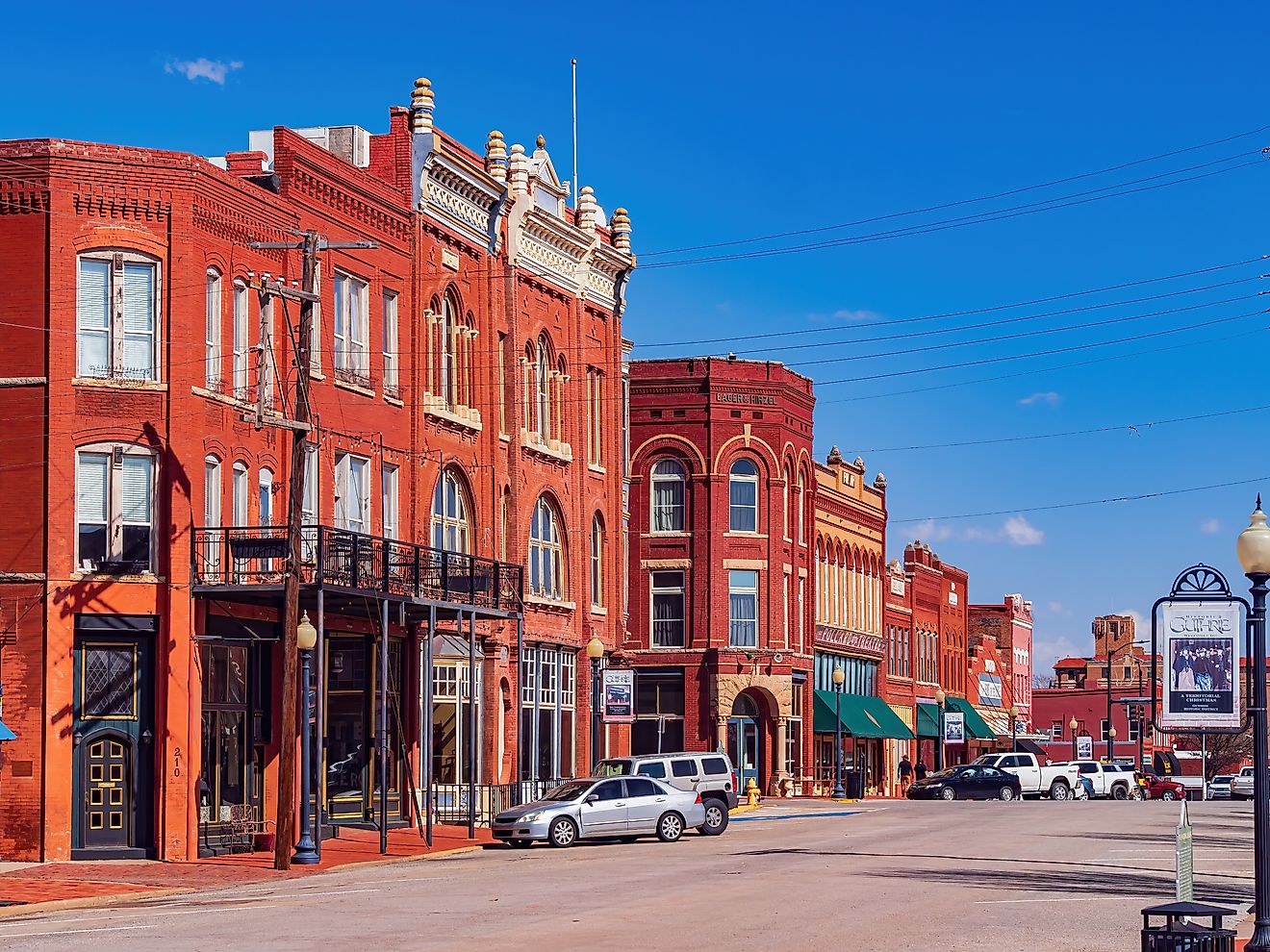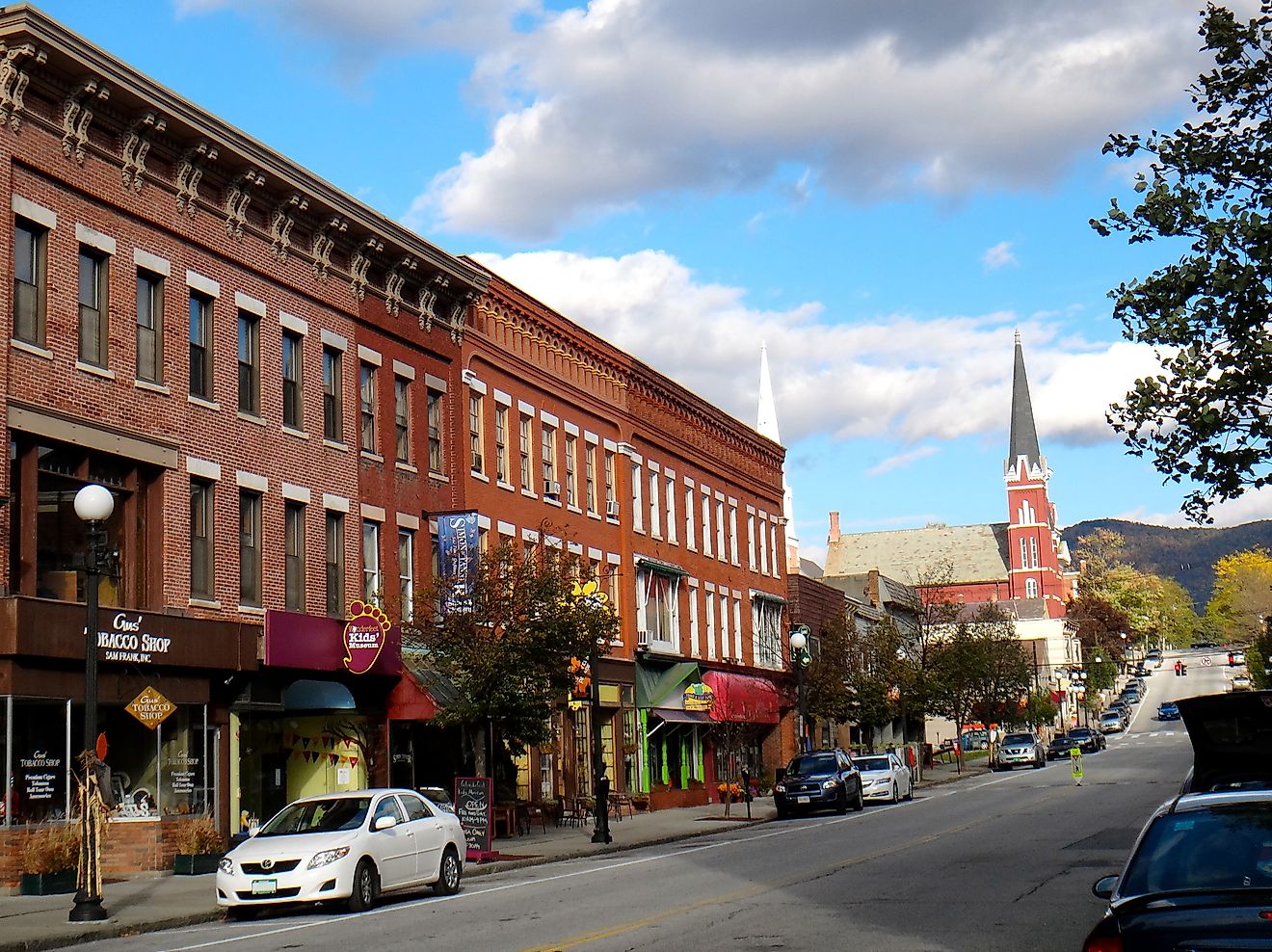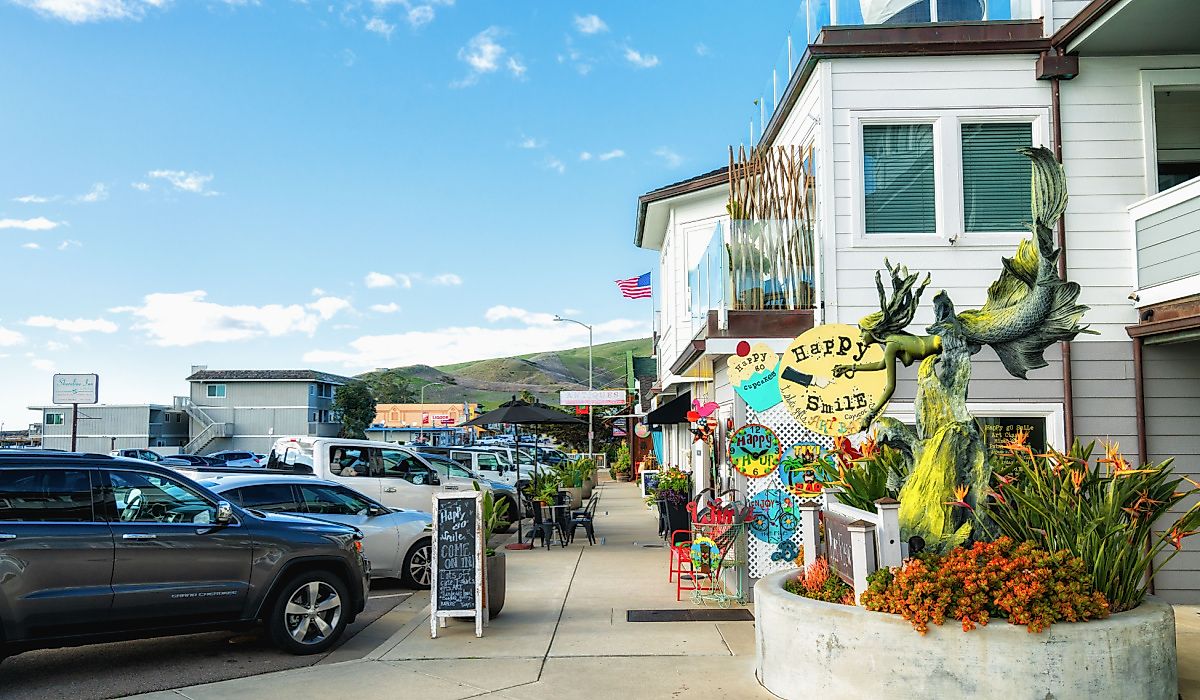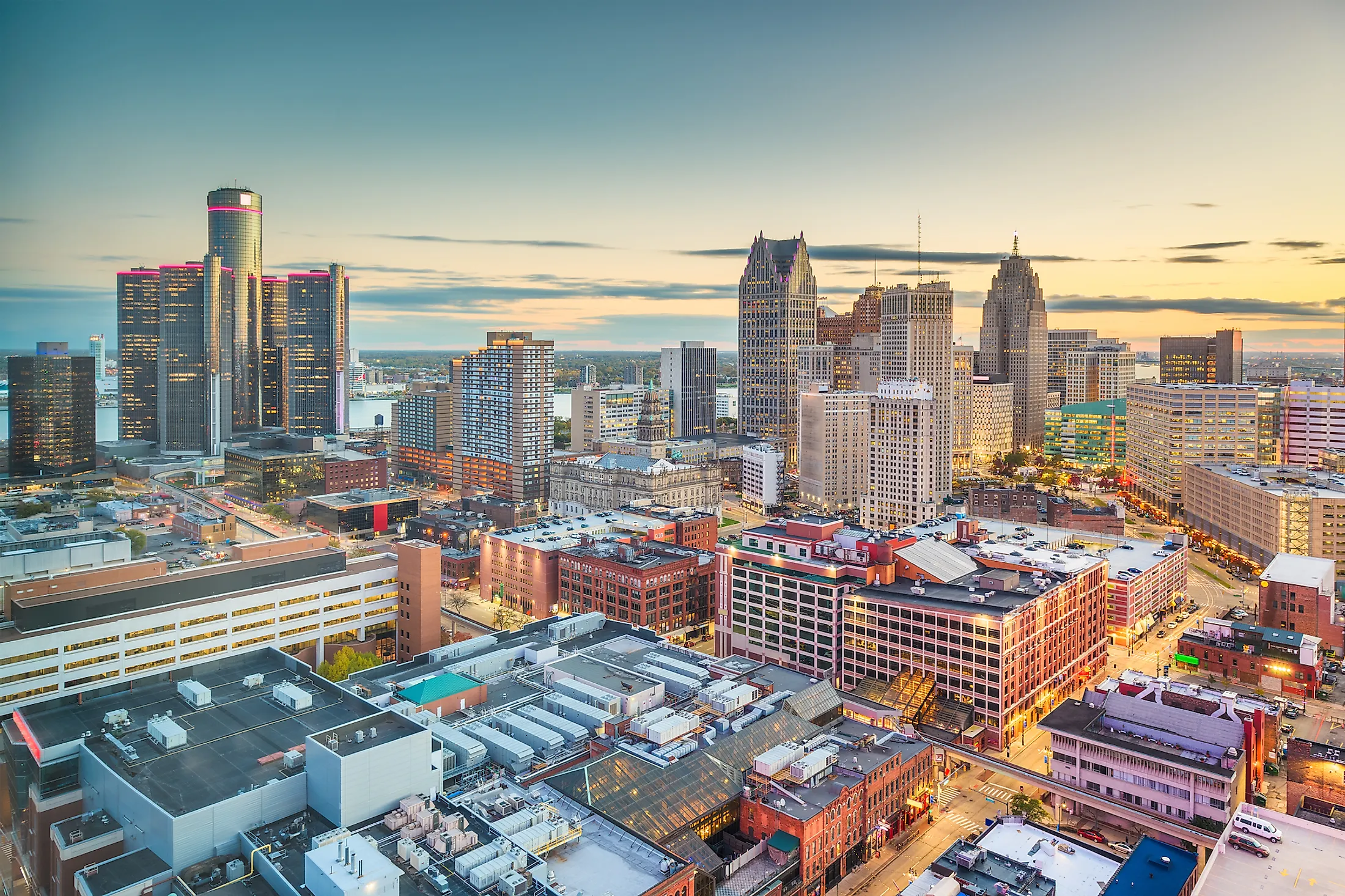
Detroit, Michigan
Detroit is the biggest city in the US State of Michigan. It has a long history of ups and downs, from the time of early European settlement, through the War of 1812, to the American Civil War, to the World Wars. Throughout this time, the initial trading post turned into a city, then into the capital city, then the "automotive capital of the world," and changed identities many times over. In the 100 years since the introduction of the Ford automotive assembly line to the city's bankruptcy, Detroit went from being one of the wealthiest major cities in the United States to one of the poorest. What an exciting story this place has to tell.
Geography Of Detroit
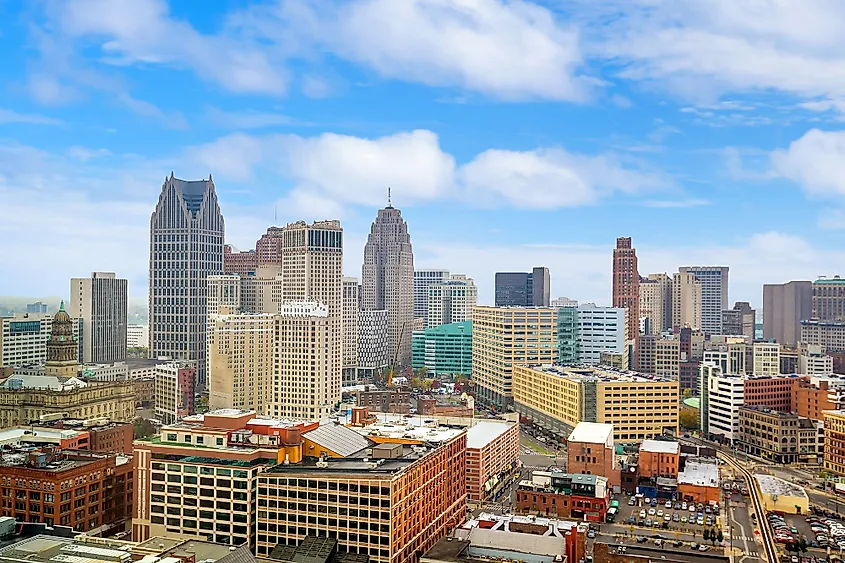
Detroit is located in the southeastern portion of Michigan's Lower Peninsula, in Wayne County. It also sits directly on the United States - Canada border, across the Detroit River from Windsor, Ontario. The Detroit River connects Lake Saint Clair (to the northeast of the city) with the southwestern end of Lake Erie (to the South), which is one of the Great Lakes. Detroit lies about 144.8km southeast of Lansing (Michigan's capital city), 112.6km south-southeast of Flint, and a little over 64.3km east of Ann Arbor.
Climate Of Detroit
Because of Detroit's proximity to the Great Lakes, the city experiences a wide temperature range throughout the year. The average yearly temperature is between 9.4°C - 10.5°C, ranging from a maximum of 27.7°C - 28.8°C in July to a low of -8.8°C to -7.2°C in January/February. Approximately 33 - 34 inches of rain falls throughout the year (compared to the national average of 38 inches), and around 33 inches of snowfalls throughout the winter months (compared to the national average of 28 inches). There are approximately 183 sunny days per year in the city, while some form of precipitation falls between 125 to 135 days per year. The average annual relative humidity is around 67%.
Brief History Of Detroit
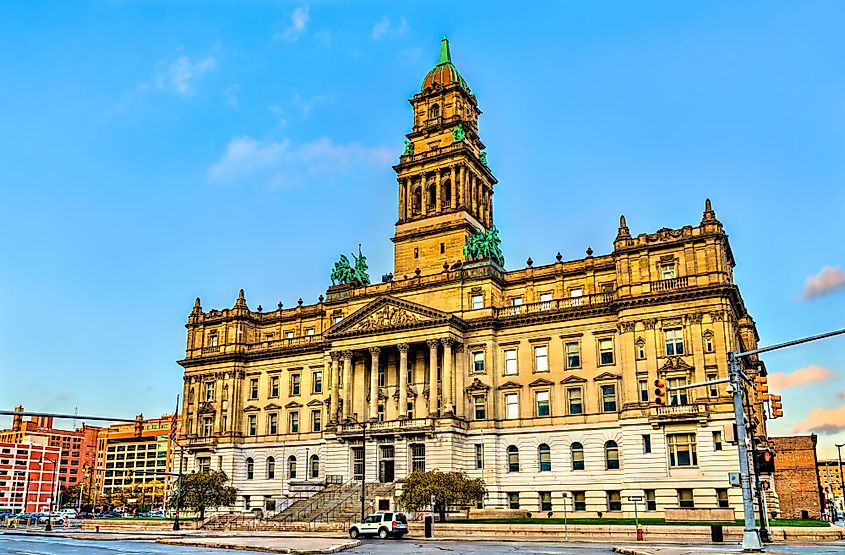
Before French and English settlement, Michigan was home to five main Indigenous Tribes: Potawatomi, Ottawa, Ojibwa/Chippewa (all three of which were known collectively as the "People of the Three Fires"), Miami, and Huron. In 1701, the French military leader and trader, Antoine de la Mothe Cadillac, established a small settlement and trading post on the optimally positioned, modern site of Detroit (which is French for "the strait"). The area remained under French rule until 1760 when it was surrendered to the British. Then, in 1796, the territory was passed over to the United States as a result of Jay's Treaty. In 1805, Detroit became the administrative center of the newly formed Michigan Territory. However, shortly after, a devastating fire tore through the city, and when the War of 1812 broke out, Detroit was once again turned over to the British. The US resumed control the following year, and in 1815, Detroit was incorporated as a city. Upon the formation of the state of Michigan in 1837, Detroit was designated as the capital until 1847, when the capital was shifted east to Lansing. In 1898, Henry Ford built his first car in Detroit. Upon the introduction of the revolutionary assembly-line method in 1914, the city cemented its reputation as the automotive capital of the world. The assembly-line-based industry boomed even further with the massively increased production demands during World War II. This era saw a large influx of Black Americans move to the city from the south in order to work in the plants. This led to escalating racial tensions over the subsequent decades. Significant interracial violence broke out in 1943, and the infamous riots of 1967 made headlines after a late-night police raid served as a tipping point. Throughout this time, the city saw waves of what was deemed "White flight," which entailed White residents moving away from the downtown core and into the developing suburbs. All the while, and for a variety of reasons, the wheels began to fall off Detroit's once-prosperous automotive industry. In 2013, after decades of general decline, Detroit filed the largest-ever bankruptcy claim by a US city.
The Population And Economy Of Detroit
As of April 1st, 2020, the population of Detroit, as estimated by the United States Census Bureau, is about 639,111 inhabitants. This was down from the 2010 figure of 713,777 inhabitants. The population is roughly composed of 52.7% females and 47.3% males, with 7.2% of residents being under five years of age, 24.8% under 18 years of age, and 13.9% above the age of 65. In terms of racial and cultural backgrounds, 77.1% of Detroit citizens are Black or African Americans, 11.0% are White (not Hispanic or Latino), 7.7% are Hispanic or Latino, 1.9% are Asians, 0.4% registered as American Indians or Alaska Natives, and 2.4% identify as two or more races. Furthermore, at the time of the most recent census, 6.1% of Detroit residents were born outside of the United States. Finally, between 2016 and 2022, Detroit was home to roughly 25,491 veterans.
Based on the United States Census Bureau's same 2020 data, the median household income was $32,498, and the per capita income over the prior 12 months was $19,569. The poverty rate was a notable 33.2%. In the data window of 2016 - 2020, 54.7% of residents over the age of 16 were in the civilian labor force. Despite Detroit's prosperous earlier years, these figures now make it one of the poorest major cities in the United States.
Attractions In Detroit
Sports Stadiums
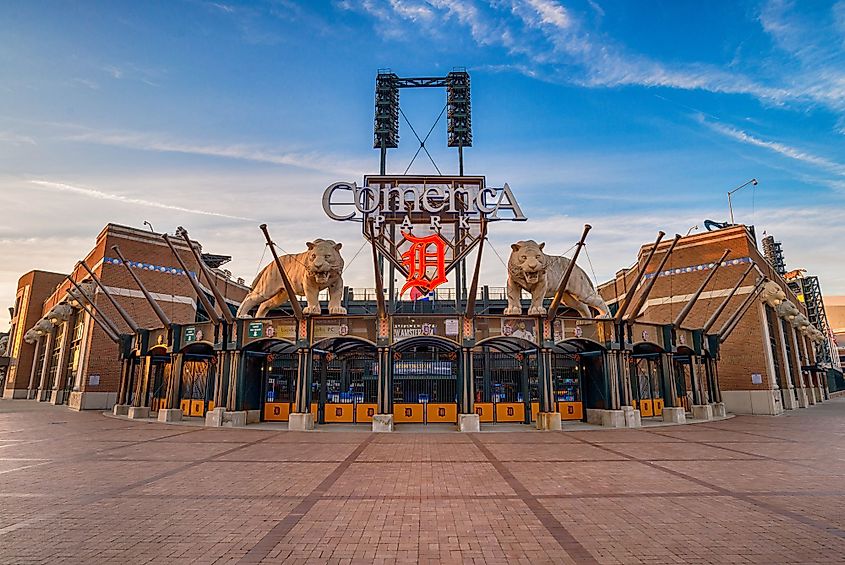
Detroit is a hot spot for everything from sports to entertainment. What better way to rub elbows with the community than in a packed stadium at a Detroit Tigers (baseball), Detroit Pistons (basketball), Detroit Red Wings (hockey), or a Detroit Lions (football) game. The same holds true for live venues across the city, ranging from Motown, rap, rock n' roll, and jazz to stand-up comedy, all expressions of Detroit's hardy and passionate character.
Museums
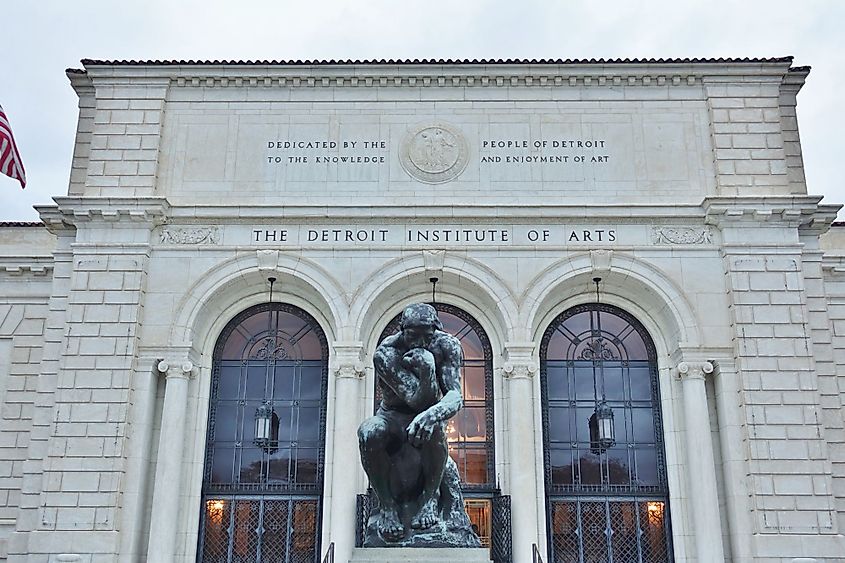
Many fascinating museums reflect the cultural and economic history of the city. These include The Henry Ford Museum, Ford House, Ford Piquette Avenue Plant / Model T Automotive Heritage Complex, the Charles H. Wright Museum of African American History, the Detroit Historical Museum, etc.
Detroit Zoo
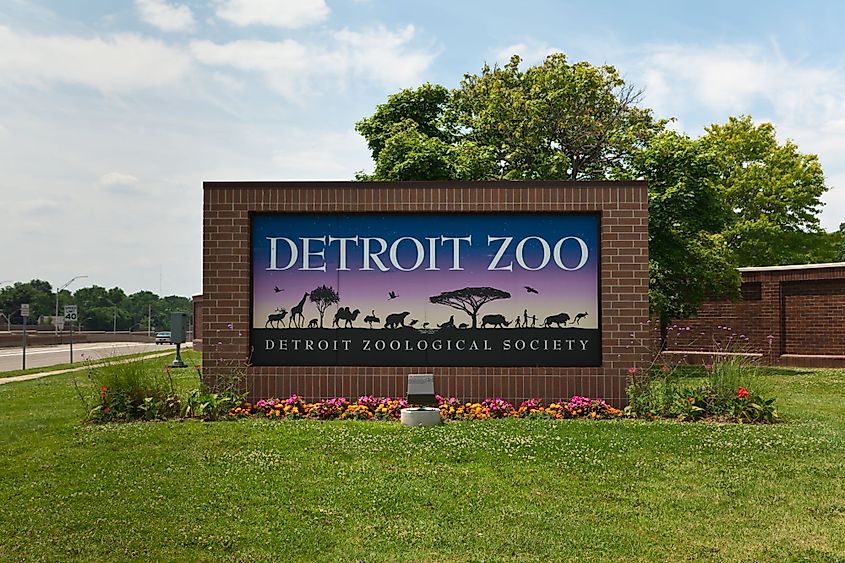
Finally, for general entertainment, families can check out the Detroit Zoo or the Belle Isle Aquarium, which is part of the Belle Isle Park oasis. Adults can enjoy the speakeasy lounge scene and the award-winning/well-regarded grub, restaurants, and pubs.
Detroit has gone through a tremendous arc over the last century, which only adds to its fascinating centuries-long history and prehistory. Though the faithful residents have seen better days, the long-term patterns of this vital Michigan city show that there are more evolutions to come. In the meantime, it is not hard to enjoy oneself in this grand and exciting city.
